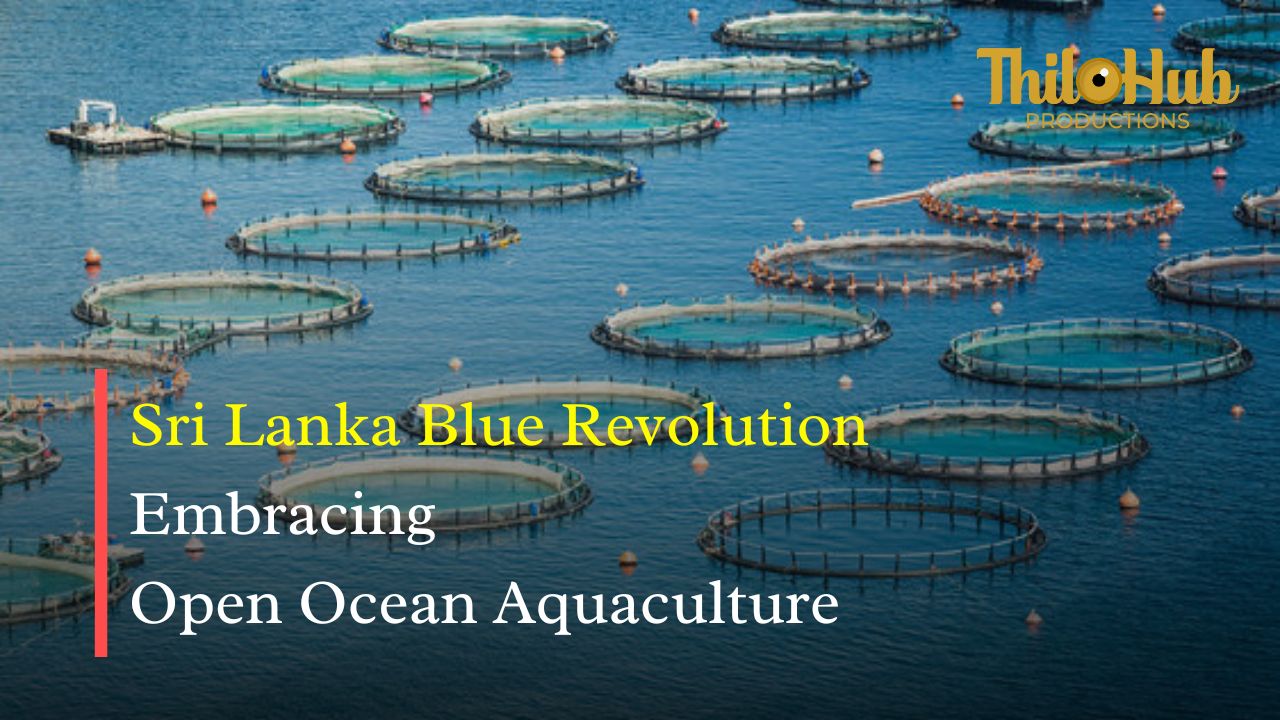Sri Lanka’s Shift Towards Open Ocean Aquaculture
Sri Lanka’s exploration of open ocean aquaculture marks a significant transformation in its fishing industry, which has long relied on wild seafood captured within its 200-nautical-mile Exclusive Economic Zone (EEZ) in the Indian Ocean. Historically, over 90% of the country’s seafood production came from wild capture fisheries. However, recognizing the unsustainability of over-dependence on natural marine resources and the rising global demand for farmed seafood, Sri Lanka is now turning to aquaculture as a means of ensuring sustainable seafood production.
The Evolution of Aquaculture in Sri Lanka
Aquaculture in Sri Lanka began in the early 1980s with shrimp farming in coastal mangrove and brackish water areas. The sector expanded rapidly, and today, approximately 1,400 shrimp farms and 70 hatcheries operate across the country. By the 1990s, the farming of Indo-Pacific Swamp Crab was introduced, diversifying the industry.
To further promote aquaculture, the Sri Lankan government, through the National Aquaculture Development Authority (NAQDA), has launched several projects. Among them are crab cultivation zones in Hambantota and Batticaloa, known as “crab cities,” designed to attract private-sector investment and boost crab production for both local and international markets.
Strategic Initiatives for Sustainable Growth
In an effort to strengthen Sri Lanka’s position in the global seafood market, the government established Fisheries Mega Zones in the Eastern and Northern regions of Ampara and Kilinochchi. These zones focus on cultivating high-value species such as Asian Sea Bass (Barramundi), finfish, and sea cucumber—species that are globally in demand but increasingly scarce in the wild.
Beyond traditional species like shrimp and crab, Sri Lanka has expanded into farming non-traditional species, including oysters and lobsters. Offshore Barramundi and finfish farms have gained traction, particularly in Trincomalee, where private sector investments are concentrated. Additionally, a sea cucumber hatchery was recently launched in Mannar to support the growing interest in sea cucumber farming.
The Rise of Organic Aquaculture
A promising aspect of Sri Lanka’s offshore fish farming is organic aquaculture, which targets high-end seafood markets worldwide. The increasing global demand for sustainably and organically farmed seafood presents a lucrative opportunity for Sri Lanka to establish itself as a key player in the industry.
To ensure the quality and sustainability of aquaculture products, the Department of Fisheries and Aquatic Resources has implemented a Hazard Analysis Critical Control Point (HACCP)-based quality system. The Fishery Product Quality Control Unit oversees the entire production process, from culturing to harvesting and processing, ensuring compliance with international export standards. This commitment to quality reinforces Sri Lanka’s dedication to sustainable aquaculture practices.
A Sustainable Future for Sri Lankan Aquaculture
Sri Lanka’s transition towards open ocean aquaculture signifies a strategic move toward sustainable seafood production. By leveraging aquaculture to increase foreign revenue while minimizing environmental impact, the country is paving the way for a resilient and eco-friendly fishing industry. Through government initiatives, private sector investments, and a focus on high-value species, Sri Lanka is well-positioned to become a significant player in the global aquaculture market while ensuring the long-term health of its marine ecosystems.



